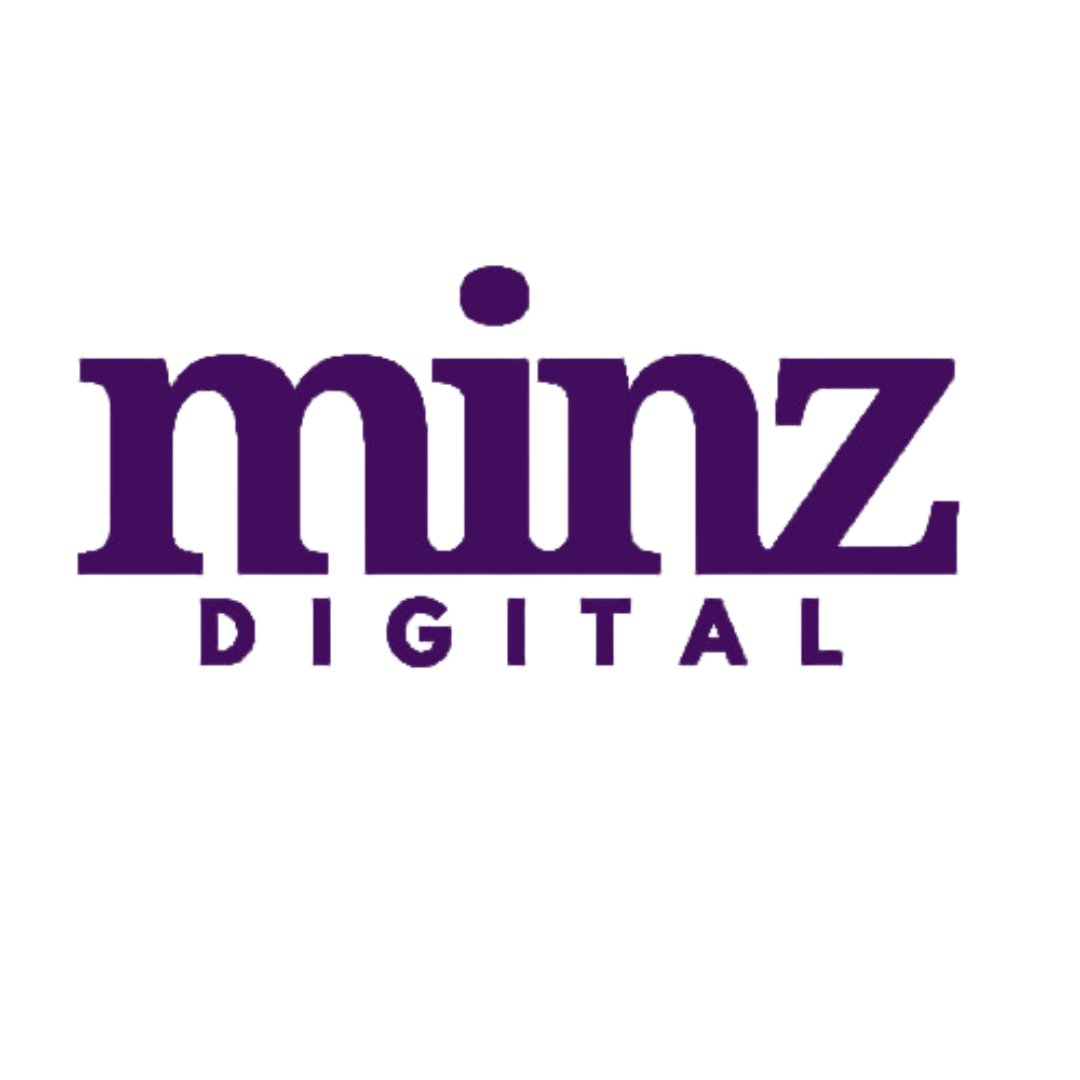
2024 Guide: Crafting a Content Calendar for Healthcare Professionals
So, what’s the deal with creating a content plan for healthcare professionals? Think of it like organizing your medical toolkit—except instead of stethoscopes and syringes, you’re dealing with blog posts, videos, and infographics! 🩺📅
A content plan is essentially your roadmap for what you’ll share and when. It helps ensure that your content is not only relevant and engaging but also timely. Imagine you’re planning a series of posts about the latest in telemedicine. Your content plan would map out the topics, scheduling, and formats—like an editorial prescription for success!
Here’s a quick rundown:
- Themes: Pick topics that resonate—tech trends, patient care tips, or healthcare innovations.
- Schedule: Decide how often you’ll post. Consistency is key, so aim for a regular rhythm that keeps your audience engaged.
- Formats: Mix things up with articles, videos, and infographics.
Pro tip: Regularly review and adjust your plan based on what’s trending and what your audience loves. Ready to prescribe some awesome content? 🌟
Importance of creating a content plan
Creating a content plan for healthcare professionals is like having a map in a maze—you know where you’re going and how to get there without bumping into dead ends! 🗺️💉 It keeps you organized, so you’re not scrambling for content ideas like a doctor looking for a lost stethoscope. By planning ahead, you ensure your posts are relevant, timely, and engaging, just like a well-timed dose of humour in a long shift. Pro tip: Consistent content builds trust and keeps your audience coming back for more, just like a good cup of coffee on a hectic day! ☕✨
Creating a content plan for healthcare professionals might sound like prescribing medication, but instead of pills, you’re handing out valuable information! 🩺📅 Let’s break it down:
- Identify Your Themes: First, think about what topics will resonate with your audience. Are they interested in the latest tech in healthcare or tips on avoiding burnout?
- Example: If your audience is interested in stress management, you could focus on themes like “Mindfulness Techniques for Healthcare Workers” or “How to Handle Stress During High-Pressure Shifts.”
- Pro Tip: Research current trends and pain points in healthcare. Tools like Google Trends or social media insights can help you pinpoint what’s hot.
- Set a Posting Schedule: Decide how often you want to share content. Maybe weekly blog posts and bi-weekly videos work best for your audience. Consistency is key—like showing up for a regular check-up, but don’t stress if you need to adjust occasionally!
- Example: You might decide to post weekly blog articles every Monday, share educational videos every other Wednesday, and engage on social media daily.
- Pro Tip: Use a content calendar tool like Trello or Google Calendar to keep track. It’s like having a scheduler for your posts, just like you have one for patient appointments.
- Choose Your Formats: Mix up your content formats to keep things fresh. Think articles, videos, infographics, and even quick tips. Visual content often grabs more attention—so don’t shy away from using eye-catching graphics and engaging visuals.
- Example: Mix articles with quick infographics about healthcare tips, and video interviews with experts. For instance, an article on “Top 5 Ways to Prevent Burnout” paired with a short video demonstrating relaxation exercises.
- Pro Tip: Infographics are great for quick, shareable content. Tools like Canva can help you create visually appealing graphics effortlessly.
- Incorporate Important Dates: Plan around key dates like health awareness months or industry events. Pro tip: This makes your content timely and increases its relevance, like giving a seasonal flu shot right before flu season!
- Example: Plan content around National Nurses Week, Mental Health Awareness Month, or major healthcare conferences. For instance, post a special feature on mental health resources during Mental Health Awareness Month.
- Pro Tip: Set reminders for these dates and plan content in advance. This way, you’ll have timely posts that resonate with current events and awareness.
- Track and Adjust: Use analytics to see what’s working and what’s not. Pro tip: Engage with your audience for direct feedback—it’s like checking your pulse to see if your content is hitting the right notes.
- Example: Monitor engagement metrics like views, likes, and comments on your blog posts and videos. For example, if a video on “Managing Patient Expectations” gets high engagement, consider creating a follow-up.
- Pro Tip: Use analytics tools like Google Analytics or social media insights to track performance. Adjust your plan based on what’s resonating with your audience to keep your content effective and engaging.
To effectively create and implement a content plan for healthcare professionals, try this structured format and exercise. It’s like your own personalized content prescription!
Content Plan Exercise: The Healthcare Content Blueprint
Step 1: Define Your Objectives
Objective: Determine what you want to achieve with your content. For example:
- Increase engagement with your audience
- Establish authority in a specific healthcare niche
- Provide valuable tips and resources to fellow professionals
Step 2: Identify Your Target Audience
Activity: Create a detailed profile of your ideal audience. Consider:
- Demographics: Age, role, and specialization
- Challenges: Common issues they face in their practice
- Interests: Topics they’re passionate about or need information on
Step 3: Choose Your Content Themes
Example Themes:
- Telemedicine: “How to Optimize Virtual Consultations”
- Self-Care: “Quick Relaxation Techniques for Busy Doctors”
- Innovation: “Latest Breakthroughs in Medical Technology”
Activity: List 3-5 key themes that align with your audience’s interests and needs.
Step 4: Develop a Posting Schedule
Activity: Create a weekly or monthly calendar. For example:
- Monday: Blog Post on a chosen theme
- Wednesday: Infographic or Quick Tip
- Friday: Video or Interview with an Expert
Tool Suggestion: Use tools like Google Calendar or Trello to organize your schedule.
Step 5: Plan Content Formats
Example Formats:
- Articles: In-depth posts with research and insights
- Infographics: Visual summaries of key information
- Videos: Expert interviews or how-to guides
Activity: Decide on the format for each piece of content. Mix and match to keep things interesting.
Step 6: Incorporate Key Dates
Activity: Identify relevant health awareness months or industry events. Schedule content around these dates to maximize relevance.
Example: Create content for Breast Cancer Awareness Month with tips on early detection.
Step 7: Track and Adjust
Activity: Set up analytics to monitor the performance of your content. Look at metrics like engagement, views, and feedback.
Tool Suggestion: Use Google Analytics or social media insights to measure success and adjust your plan as needed.
Summary:
This exercise helps you structure your content planning process, ensuring you cover all essential elements. By defining objectives, targeting the right audience, and using a well-organized schedule, you’ll create engaging and effective content for healthcare professionals.

Play only at trusted online casinos, for guaranteed enjoyment.
Trust only the best online casinos, for guaranteed gambling pleasure.
Reliable online casinos for true thrill-seekers, for thrilling gambling adventures.
Trust only trusted online casinos, for exciting wins in gambling.
The best online casinos for every player, for unforgettable gaming adventures.
Trust only the best online casinos, for exciting wins in gambling.
Guaranteed wins at the best online casinos, for maximum enjoyment and safety.
slots no download https://royalspins-game.com/casino-reviews/no-download-casinos/ .